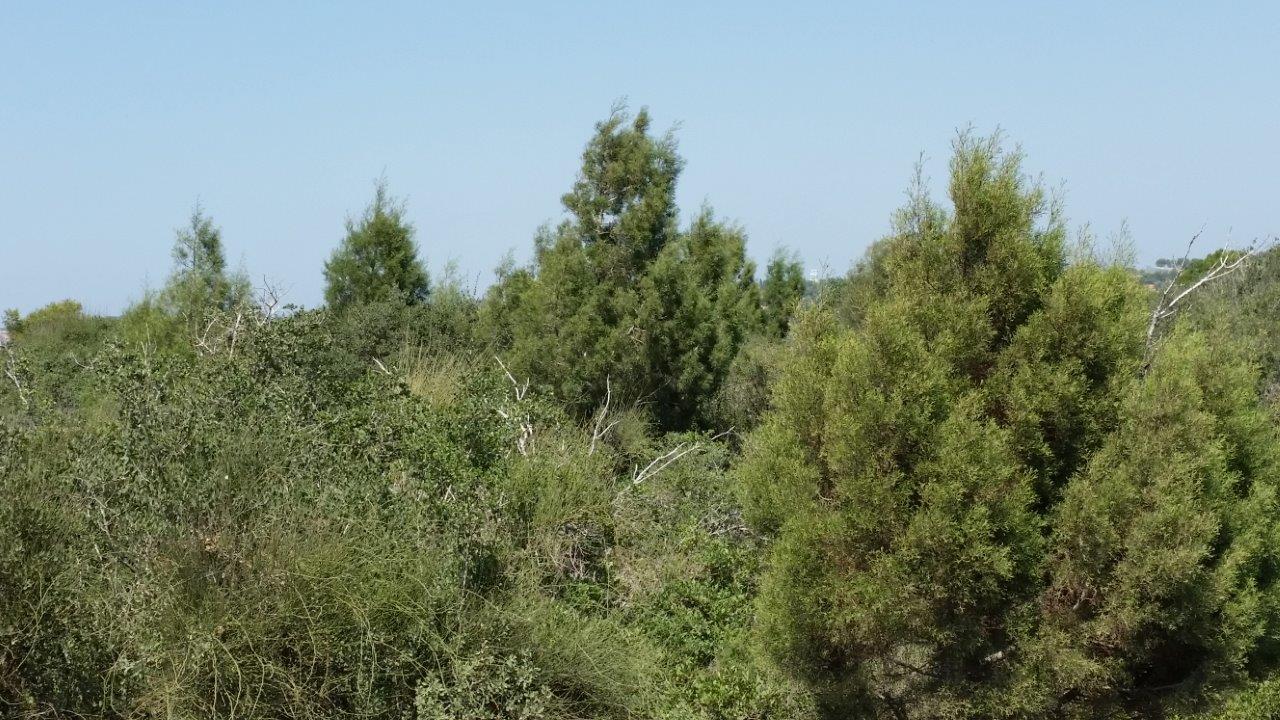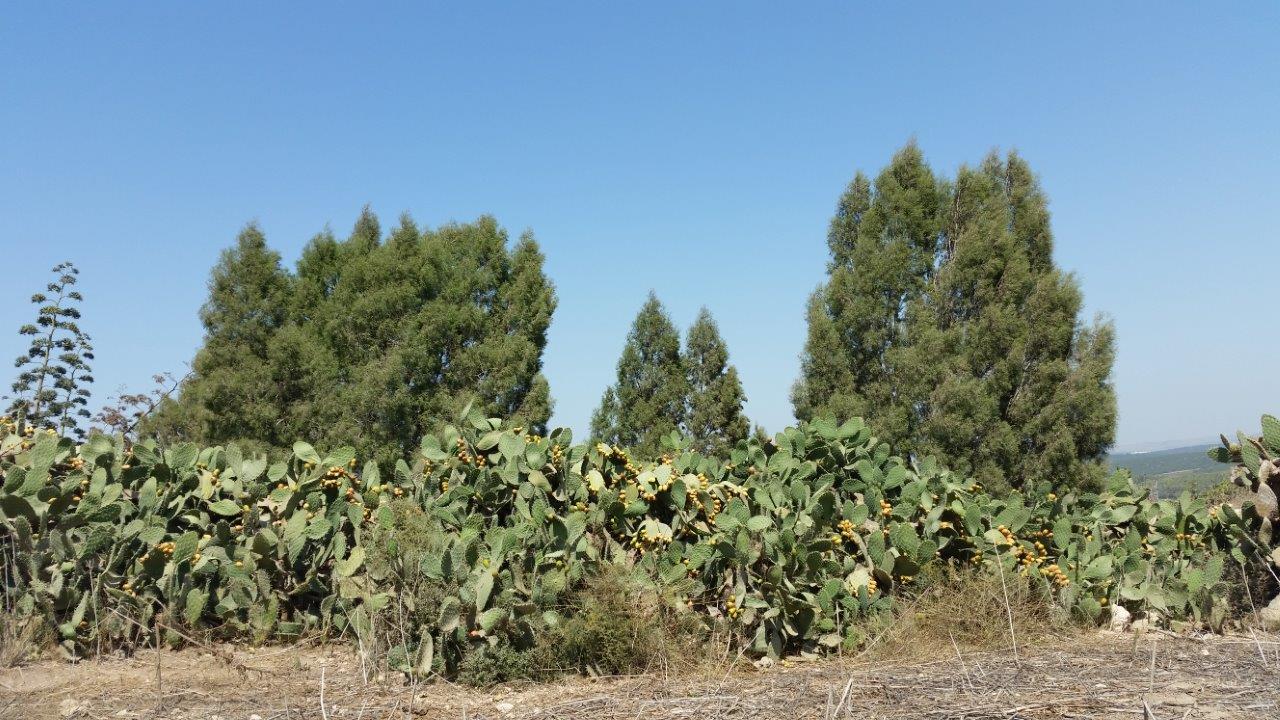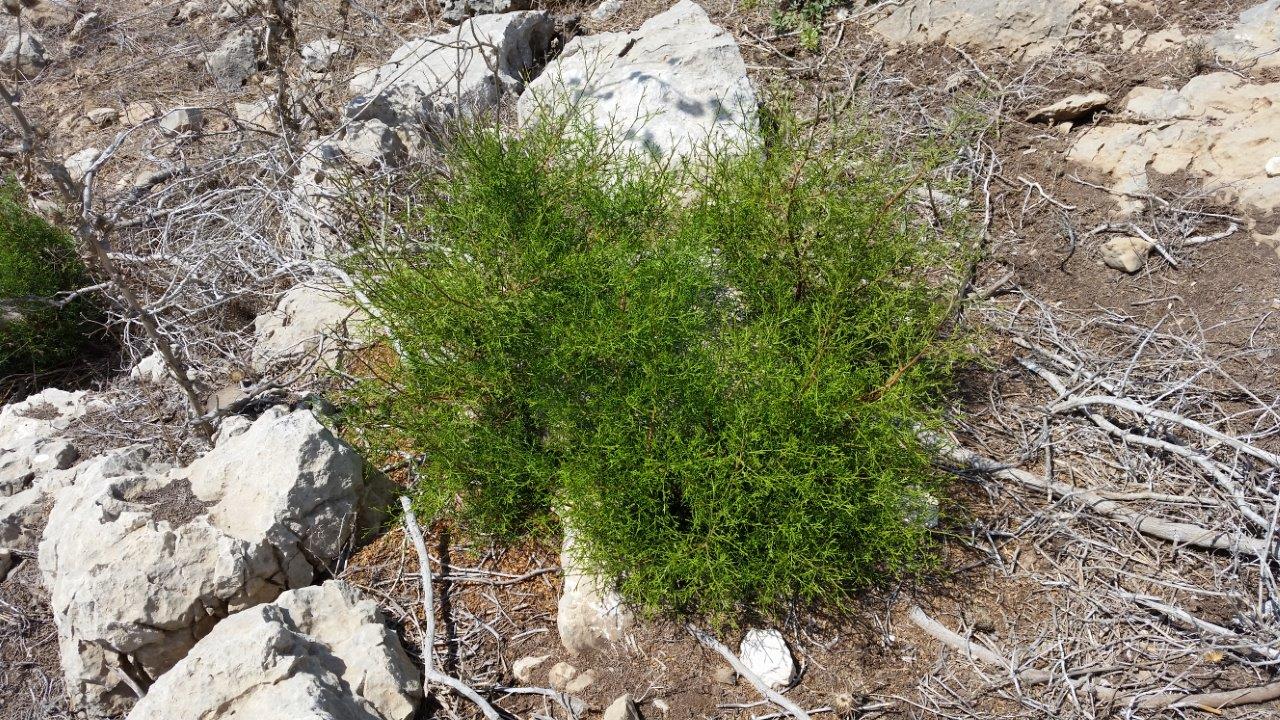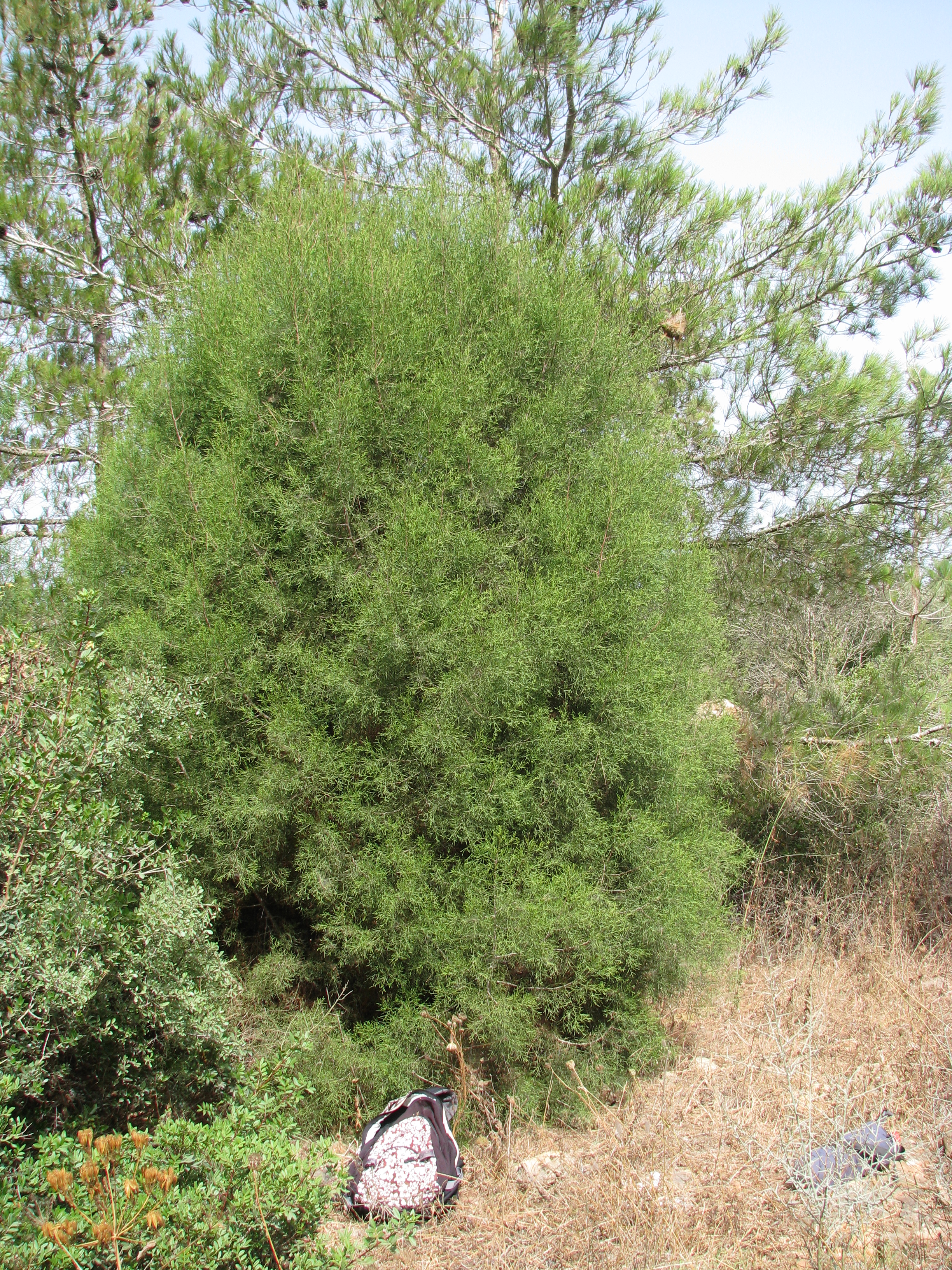ground level; (3) canopy diameter; and (4) presence of shrub or rock in the tree’s micro-site. In addition, a reproductive survey was conducted to evaluate annual seed production by the species. The survey lasted more than a year (2016-2017) and included phenological observations. To evaluate the age of the trees, several tree of different heights and diameters, were felled and annual rings at the base of the trunk were counted. The surveyed population of T. articulata was divided into two groups. The first is assumed to be parent trees – seed dispersers, above 40 years of age. The second includes all the rest of the population, under the age of 40, which, by the same assumption, includes all the saplings that colonized the park as a result of seed distribution from parent trees. I investigated the influence of environmental factors and proximity to seed sources on the colonization of T. articulata, using the Maximum Likelihood Estimation. I found 1248 trees > 100 cm height in the park, with the minimum age of trees at that height being 8 years. An analysis of the age of T. articulata trees in the park showed that since the beginning of the 2000’s the number of colonizers in the park has increased strongly each year. Examination of the three growth characteristics of the trees (height, age, and trunk diameter), showed that the average annual growth rate had a significant positive association with changes in tree size. Results from this study have shown that T. articulata is, in fact, an invasive species in Ramat Hanadiv Nature Park. Seed production potential in 2017 reached almost 75 million seeds throughout the park, while the survival rate of seeds was approximately 1:350,000. Nevertheless, the level of inter-annual variation in seed production is not yet known. I also found that the seed production rate is increasing with the number and age of colonizing trees, which means that invasion pressure will rise over time. The minimal reproductive age found for T. articulata is 12 years. The phenological survey showed that maturation and dispersal of seeds begin in late summer and continue in autumn.






